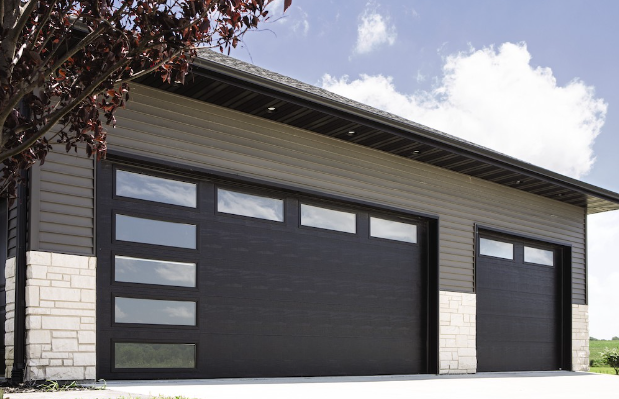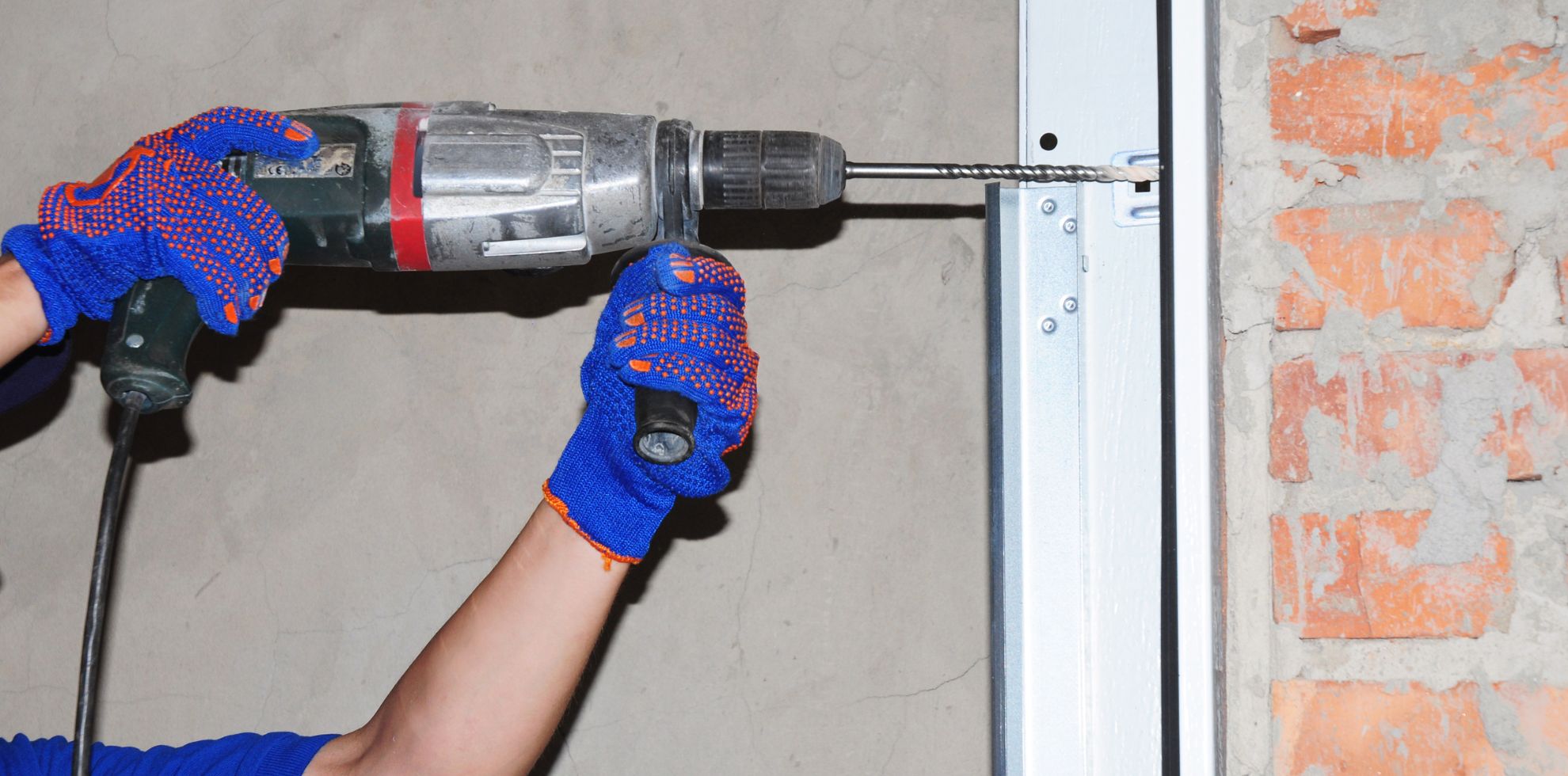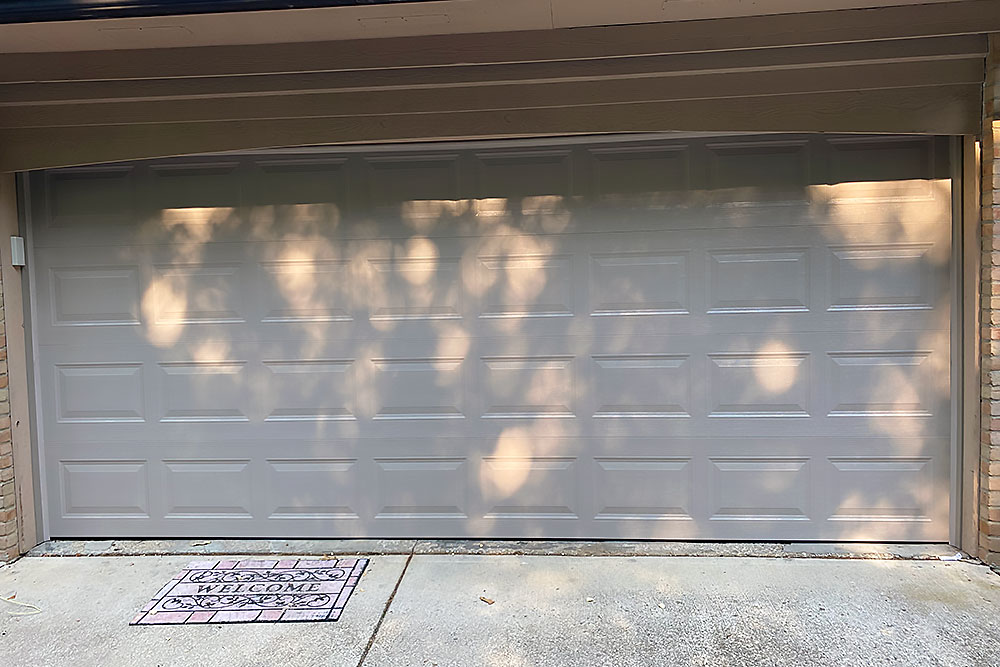
Every homeowner aims to make their home more energy-efficient, not only to contribute to environmental conservation but also to reduce their utility bills. An often-overlooked area in energy efficiency is the garage door.
A well-insulated garage door serves as a thermal barrier, reducing the exchange of heat or cold from the outside to your home’s interior. This article will provide some useful tips on insulating your garage door to control temperature, prevent heat loss, and, ultimately, lower your utility bills.
Understanding the Importance of Garage Door Insulation
Before we delve into the insulation tips, it’s vital to comprehend why garage door insulation is so important. The garage door, due to its large surface area, can contribute to significant heat loss in winter and heat gain in summer.
This heat transfer can lead to higher energy consumption as your heating or cooling system works overtime to compensate for these temperature fluctuations. Proper insulation can aid in maintaining a stable temperature inside the garage and your home, hence reducing energy usage.
Choosing the Right Insulation Materials
Choosing the right insulation material for your garage door is crucial to achieving the most effective thermal barrier and enhancing energy efficiency.
There’s a range of options available, each offering unique benefits and potential drawbacks. Understanding these will help you make an informed decision:
Fiberglass Insulation
This common insulation material is noted for being lightweight and providing excellent insulation. It’s composed of extremely fine glass fibers, which give it a unique texture.
One of the benefits of fiberglass is its non-flammable nature, enhancing safety in your garage. However, you need to be cautious during its installation as the small glass shards can irritate your skin and lungs. It’s advised to wear protective clothing, a mask, and gloves while installing.
Cellulose Insulation
An eco-friendly alternative, cellulose insulation is derived from recycled paper products. It’s a popular choice due to its effective insulating properties and contribution to reducing landfill waste.
However, it can be relatively messy to install and often requires professional installation to ensure the best results. While it’s treated to be fire-resistant, it may not be the optimal choice for highly humid environments, as it can absorb moisture.
Foam Board Insulation
Foam board, often made from polystyrene, provides a high insulating value for relatively little thickness, making it a versatile choice for garage doors. This rigid material is lightweight and easy to work with, often featuring a radiant barrier for added insulation.
While foam board offers solid insulating capabilities, it’s important to note that it should be covered with a fire-resistant material if installed inside the garage, as it’s more flammable than other options.
Reflective Insulation
Ideal for hot climates, reflective insulation is constructed from reflective aluminum foil on cardboard or plastic sheets. The reflective surface works to bounce off the radiant heat, keeping your garage cooler in the summer months. However, it’s less effective in colder climates where heat retention is the main goal.
In all cases, it’s crucial to consider the R-value of your chosen material. The R-value represents the material’s resistance to heat flow, with a higher R-value equating to better insulating capabilities. By balancing these factors against the specific needs of your climate and garage, you can choose the most effective insulation material for your situation.
Insulation Installation Tips
- While professional installation is recommended, if you’re handy, you can insulate your garage door yourself using an insulation kit. These kits typically contain insulating materials, a utility knife, gloves, and a measuring tape.
- Remember to measure your garage door panels carefully before cutting the insulation.
- Once cut, fit the insulation into the door panels, ensuring it fits snugly.
- Seal any gaps to prevent air leaks.
- Be mindful of the increased weight on your garage door from the added insulation and adjust the tension of the garage door springs if necessary.
Insulating Garage Walls

Besides the garage door, don’t forget to insulate the walls of your garage too. Insulated walls help in maintaining a more consistent garage temperature, further contributing to energy efficiency.
Selecting Energy-Efficient Garage Doors
If you’re in the market for a new garage door, consider energy-efficient options that come pre-insulated. These doors provide superior insulation compared to those retrofitted with insulation.
Remember, an insulated garage is just one piece of the energy efficiency puzzle. Pair your insulated garage door with weatherstripping and routine maintenance to ensure its effectiveness in heat loss prevention and cold weather protection.
Adopting these energy-efficient practices will not only result in a comfortable living space but also in considerable savings on your utility bills. So, invest time and resources in garage door insulation and make your contribution to a greener, more sustainable world.
Energy-Efficient Garage Doors | Conclusion
Garage door insulation is an efficient and effective way to save energy and lower your utility bills. With the right materials and methods, you can transform your garage into a thermal barrier that mitigates temperature fluctuations and reduces the strain on your home’s heating or cooling system.
Whether you’re retrofitting an existing door or in the market for a new one, prioritizing insulation can make a significant difference in your home’s energy efficiency. Ultimately, a well-insulated garage complements your broader efforts toward eco-friendliness and sustainability.
Frequently Asked Questions
Why is garage door insulation important?
Garage door insulation is crucial in reducing the exchange of heat or cold from outside to your home’s interior. This helps maintain a stable temperature, reduces energy usage, and ultimately lowers utility bills.
What are some common insulation materials for garage doors?
Common materials include fiberglass, cellulose, foam board, and reflective insulation. Each material offers different insulating properties, and the choice depends on your specific needs and circumstances.
What is an R-value in insulation materials?
R-value is a measure of the material’s resistance to heat flow. The higher the R-value, the better the insulation.
Can I install garage door insulation myself?
While professional installation is recommended for the best results, you can install insulation yourself using an insulation kit. Be sure to measure your garage door panels accurately before cutting the insulation.
Do I need to insulate the walls of my garage too?
Yes, insulating the walls of your garage can help maintain a consistent temperature, further contributing to energy efficiency.
What if I am buying a new garage door?
If you’re purchasing a new garage door, consider options that come pre-insulated. These doors provide superior insulation compared to those retrofitted with insulation.










